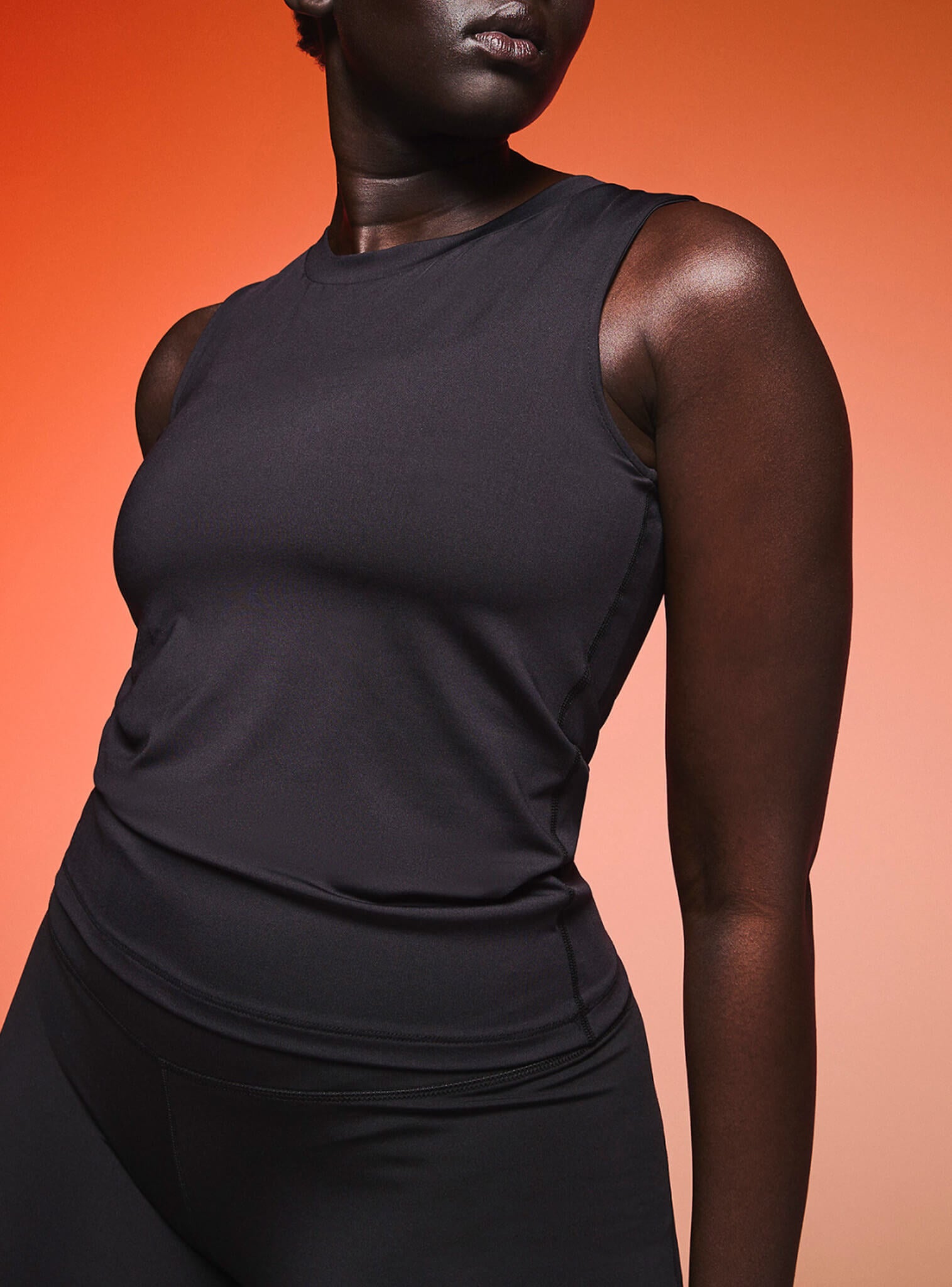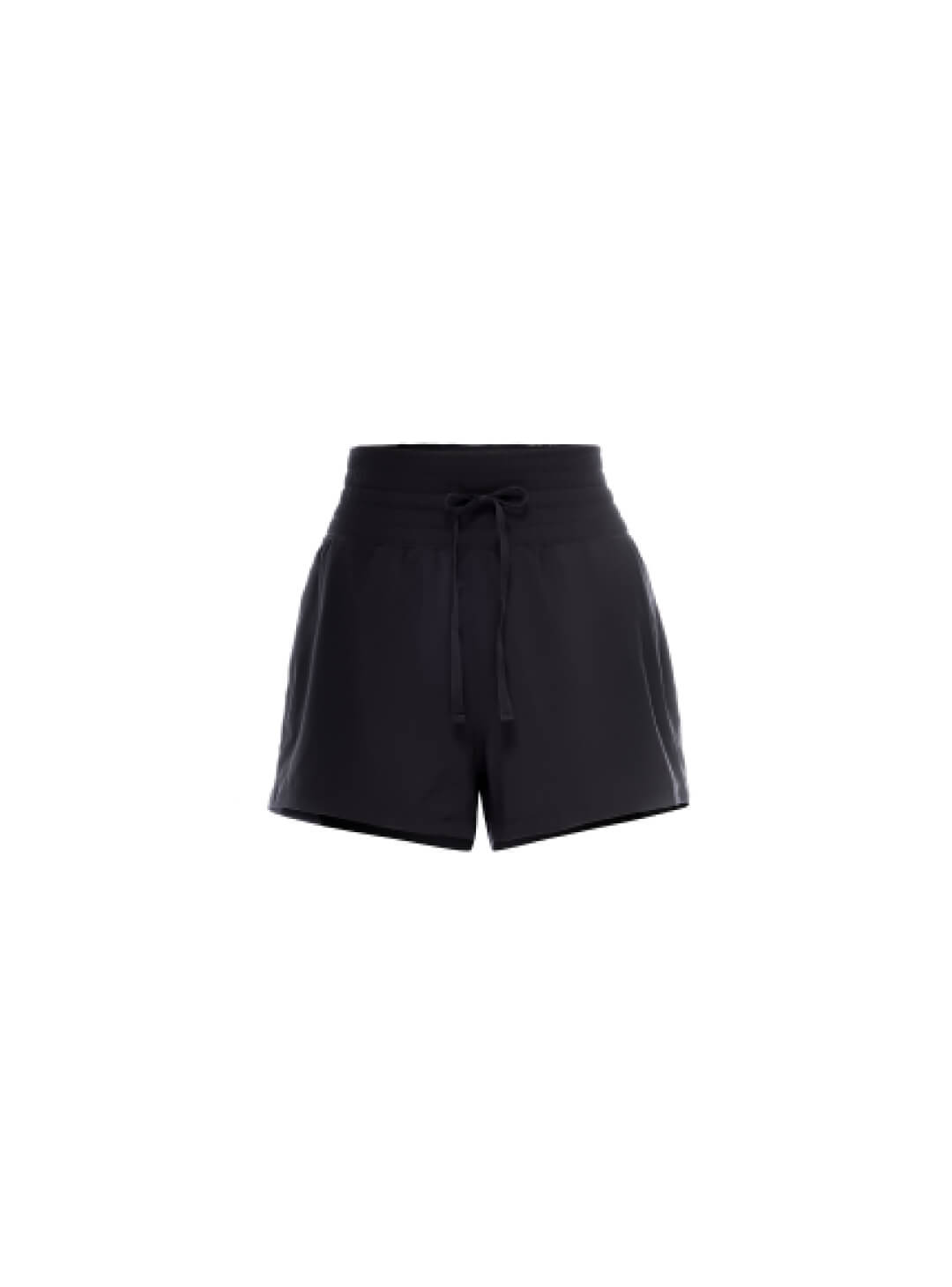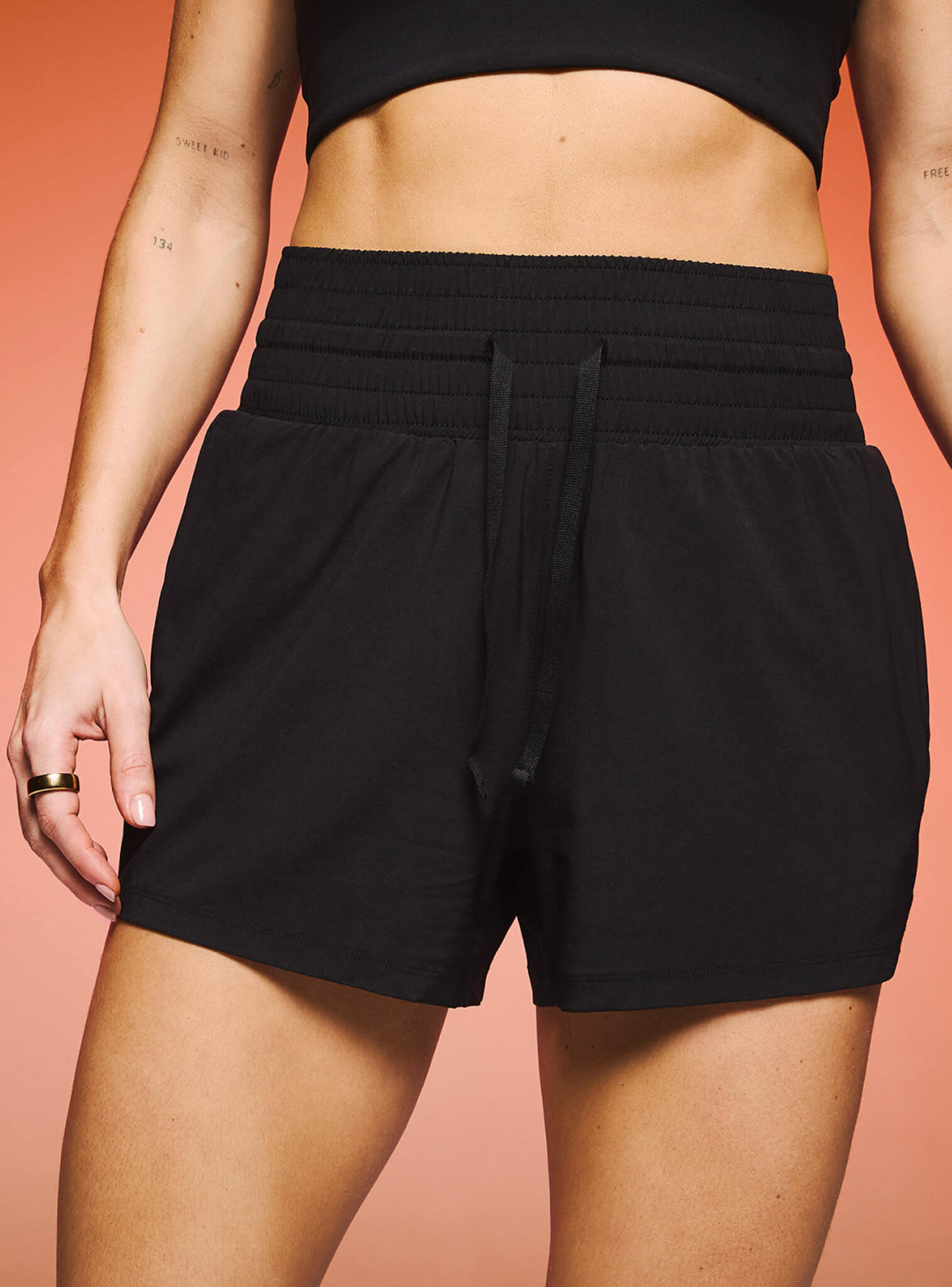Maxine Thompson is the founder of First Reform Studio and an active member of Team Pruzan. Recently, we teamed up with her in the studio to lead a movement class, putting our latest Active Recovery collection to the test. In this interview, Maxine reflects on the role of active recovery in her training, shares essential tips for marathon preparation and recovery, and discusses the journey of building her movement studio from the ground up.
As a runner and Pilates instructor, what does active recovery mean to you?
Maxine: Active recovery, to me, is about embracing movement with a sense of freedom and enjoyment. Marathon training can become all-consuming, so active recovery provides an opportunity to switch off, relax, and simply be present in the movement itself, without focusing on a specific goal. It’s about finding joy in moving for movement’s sake.
How do you balance the demands of marathon training with your recovery routine?
Maxine: It took some time to fully appreciate that peak marathon performance requires a structured recovery routine. In my first two years of marathon training, I didn’t have a recovery plan, which worked initially but eventually led to injuries—a broken foot, a torn Achilles, and a strained hamstring. Recovering from those injuries made me realize that recovery is just as critical as training. Nowadays, I mix in social activities like tennis with friends on recovery days, which helps me relax both physically and mentally. It’s that blend of movement and socializing that helps me maintain balance in my routine.
Can you share how Pilates complements your running training and recovery process?
Maxine: Pilates has been essential for building strength and stability, which helps prevent injuries. Many people assume running is all about the legs, but so much of it relies on core strength and the glutes. Pilates strengthens key areas like hip flexors, ankles, and knees—all of which are especially vulnerable as the mileage increases.
What inspired you to open your own Pilates studio here in Tottenham?
Maxine: Movement has always been a part of my life, whether I was a chef or working at Chanel. Eventually, I realized I needed a lifestyle change that matched my passion for fitness. Running had always been vital to my mental and physical well-being, so it felt right to create a space where my community could experience similar benefits. Since opening, we’ve welcomed many people trying Reformer Pilates for the first time, and now they’re coming back 2-3 times a week. Seeing their progress and the excitement they bring to each class is truly rewarding.
Describe First Reform to someone who hasn’t heard of it yet. What do you feel are the special attributes of the space, classes, community, or the founder's story?
Maxine: First Reform is about creating a warm, welcoming space for everyone. Reformer Pilates often comes with the stereotype of being exclusive, but we’re here to break that. We want people from all backgrounds and fitness levels to feel comfortable here, and it’s amazing to see our residential location foster a real community. Many of our clients come to the same classes weekly, creating a network of friendships in the process.
What’s the biggest lesson you’ve learned as a studio owner since opening?
Maxine: The power of community has been the biggest lesson. Our local clients bring an incredible energy, and many of them have formed friendships through shared classes. Providing a space that brings people together has been one of the most rewarding parts of this journey.
What are your hopes and goals for the future of your Pilates studio?
Maxine: A few years ago, I trained to be a guide runner, and I’d love to incorporate that at the studio. Currently, no Pilates studio in London offers classes for visually impaired clients, so I’m collaborating with British Blind Sport to develop Reformer classes tailored for them. Long term, I’d like to open a second studio with an expanded class offering, including mat Pilates and barre, to enhance our active recovery options.
As you train for the Rome Marathon, how do you see the role of Pilates evolving in your personal training routine?
Maxine: For my Rome Marathon training, Pilates is essential for strengthening the areas most prone to injury, like my ankles, Achilles, and hamstrings. I’ve also been working on incorporating more stretching post-run, so I now book into a Pilates class afterward to ensure I properly wind down and stretch.
What’s your go-to post-run refuel snack?
Maxine: It’s a bit indulgent, but I love pre-sliced supermarket ham! After a run, I’ll eat a whole pack—sometimes with lettuce and cheese, but often just as it is.
What’s your favorite album to listen to while training or relaxing?
Maxine: I don’t run with music; it’s my time to clear my head and absorb my surroundings. But at home, I unwind with jazz—Sunday at the Village Vanguard by the Bill Evans Trio is one of my favorites.
If you could run a marathon anywhere in the world, where would it be?
Maxine: Tokyo! The city is incredible, and running it as a scenic tour would be unforgettable. Plus, fueling up on Japanese food afterward would be a dream, and having Pocari Sweat on tap would be a bonus!
Favorite place to get coffee in Tottenham?
Maxine: I’m lucky to have a husband who brings me coffee in bed every morning! But if he’s away, With Milk is my go-to spot.
All photography captured by Ria Griffin.







